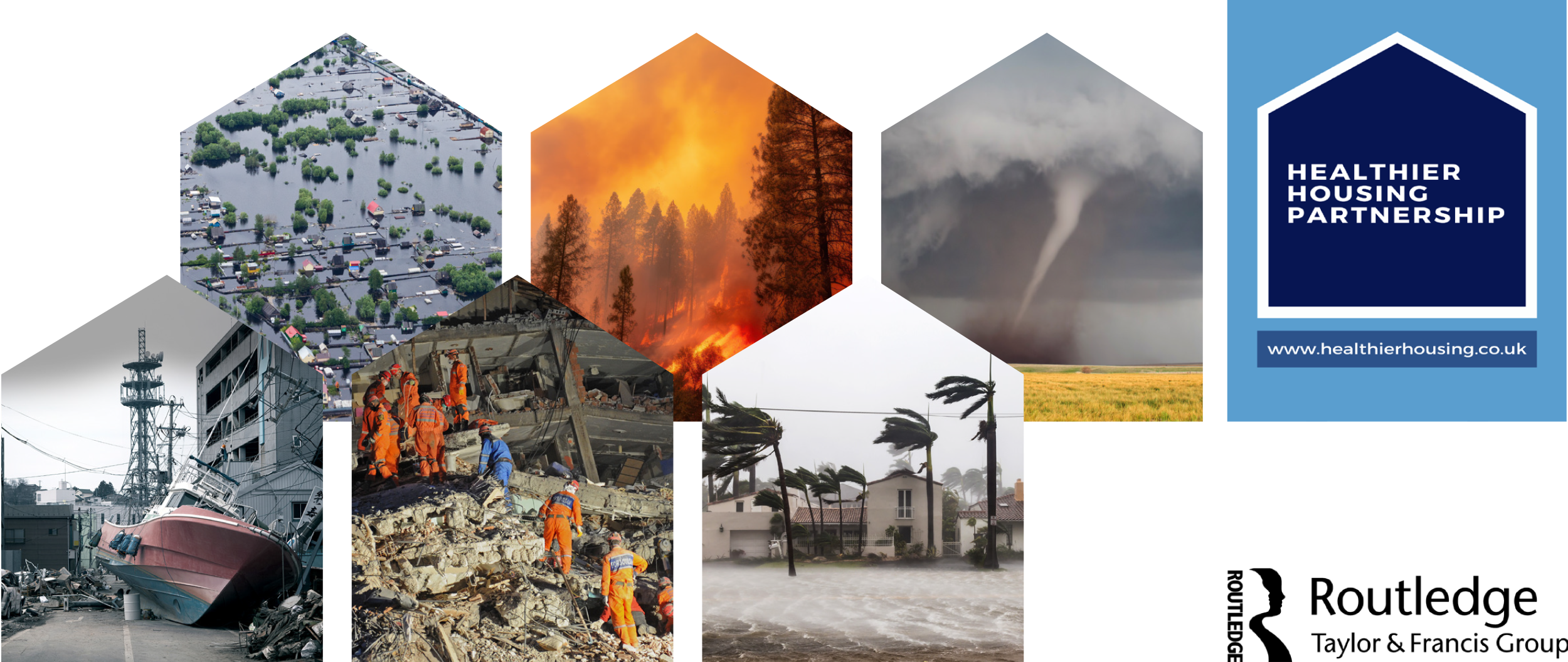Parallel Session C 13.30
Dr Deborah Robertson-Andersson
W Ovens and Dr J M Stone
University of Kwazulu-Natal SA
Human settlements are increasingly exposed to extreme weather events based on the poor location of settlements. The impact of high temperatures and floods on dwellings, infrastructure and ecosystems has become the focus of significant intervention to support climate adaptation. Challenges associated with heat exposure are particularly prevalent in deep rural areas, where facilities such as schools, clinics, and dwellings are often not suited to allow for effective cooling during high-heat events such as heat waves and prolonged hot and dry periods. Extreme heat especially impacts vulnerable groups such as children, the elderly, people living with comorbidities, pregnant women, and workers who spend much of their daily operations outside of buildings or facilities or in those which are poorly located. Buildings in deep rural areas often do not have the necessary cooling and ventilation options to dissipate heat, nor do they offer adequate protection from high-impact precipitation and wind to protect those living or working in it or attending facilities. Instead of adding to the level of exposure, schools and clinics, in particular, should protect learners, those seeking medical care, and those persons offering services in these facilities.
In the Eastern Cape Province of South Africa, settlements in traditional communities have historically drawn on indigenous knowledge and, as such, being developed on cooler slopes and away from high-risk or danger zones where high winds and flooding are prevalent. Rapid settlement expansion, however, has created a situation where housing and facilities, such as schools and clinics, are located in areas where, traditionally, they would not have been positioned, increasing their level of exposure and risk.
Within microclimate zones, the interaction between neighbourhood planning, livelihoods, human and animal health, and ecological responses to extreme weather events are undeniable. An investigation into pilot areas (Kei Mouth and Cwili) in the Amathole District in the Eastern Cape Province of South Africa highlights the critical importance of diligence in site selection, consideration of microclimatic effects and a need to adapt urban development patterns to future-proof for climate change and reduce the impact of extreme events on households, communities and workers. Extreme storm events and flooding have triggered the need for spatial planning and land management to support improved ecological resilience to climate impacts.
Furthermore, recent findings have indicated a significant difference in ambient temperatures between buildings at a spatial scale of less than a 10x10 meter grid due to microclimate. Key locations, such as local primary health care clinics and education facilities, have been identified as being most impacted. The results have significant implications on how future spatial planning, land management and urban design should be approached to avoid or reduce future extreme impacts. This paper presents a focus on how locally adapted integrated spatial planning, natural and ecological resource management, and livelihood controls may support adaptation and reduce impacts of extreme events. The findings call for a dramatic re-evaluation of the manner in which spatial design and local implementation of climate adaptive interventions are to be approached.
About the presenter
 Dr Deborah Robertson-Andersson read her PhD in Integrated Multi-Trophic Aquaculture which, as a One Health specialist said is a disaster waiting to happen. She maintains that this course of study allowed her to recognize the interconnectedness of human, animal, and environmental health and gain a unique understanding of one health challenges in commercial settings, while witnessing firsthand the impacts of climate change on the aquaculture industry.
Dr Deborah Robertson-Andersson read her PhD in Integrated Multi-Trophic Aquaculture which, as a One Health specialist said is a disaster waiting to happen. She maintains that this course of study allowed her to recognize the interconnectedness of human, animal, and environmental health and gain a unique understanding of one health challenges in commercial settings, while witnessing firsthand the impacts of climate change on the aquaculture industry.
With over 20 years of experience in research and science communication, Dr Robertson-Andersson has extensive experience working at the intersection of public health in the form of barefoot first responders, wildlife conservation, and environmental sustainability. She is also committed to education and outreach, specialises in adult and tertiary education and has been a Deputy Station Commander for the National Sea Rescue Institute, Station 47, Kei Mouth, for the last four years. In this capacity she has trained barefoot first responders and dealt with health incidents in a rural context.
Dr Robertson-Andersson continues to explore innovative solutions that foster resilience in health systems and promote sustainable practices. Her passion for bridging gaps between disciplines drives her commitment to creating a healthier future for all species and ecosystems. Deborah is a WESSA Green Coast implementer, judge and awardee since 2020 for the town of Kei Mouth, a rural town in South Africa. This award has allowed her to monitor the town from a one health perspective and in her presentation, Dr Robertson-Andersson will share insights on the impacts of extreme heat events in rural South African setting.
